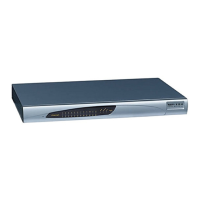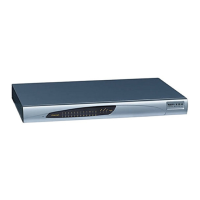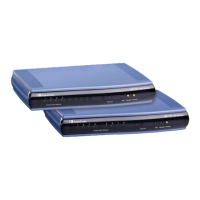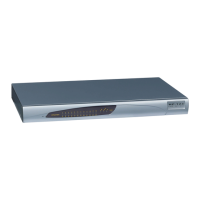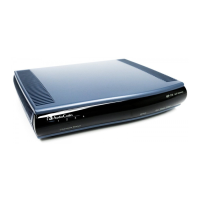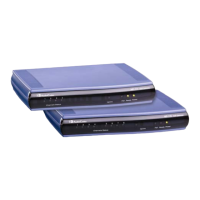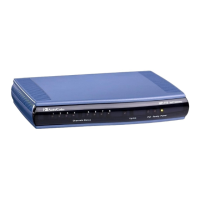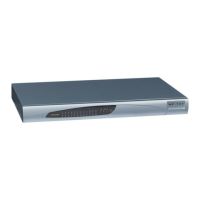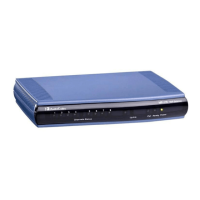Version 5.8 429 September 2009
SIP User's Manual 9. IP Telephony Capabilities
9.15.8 Caller ID
This section discusses the device's Caller ID support.
9.15.8.1 Caller ID Detection / Generation on the Tel Side
By default, generation and detection of Caller ID to the Tel side is disabled. To enable
Caller ID, set the parameter EnableCallerID to 1. When the Caller ID service is enabled:
For FXS: the Caller ID signal is sent to the device's port
For FXO: the Caller ID signal is detected
The configuration for Caller ID is described below:
Use the parameter CallerIDType to define the Caller ID standard. Note that the Caller
ID standard that is used on the PBX or phone must match the standard defined in the
device.
Select the Bellcore caller ID sub standard using the parameter
BellcoreCallerIDTypeOneSubStandard
Select the ETSI FSK caller ID sub standard using the parameter
ETSICallerIDTypeOneSubStandard
Enable or disable (per port) the caller ID generation (for FXS) and detection (for FXO)
using the ‘Generate / Detect Caller ID to Tel’ table (EnableCallerID). If a port isn’t
configured, its caller ID generation / detection are determined according to the global
parameter EnableCallerID.
EnableCallerIDTypeTwo: disables / enables the generation of Caller ID type 2 when
the phone is off-hooked (used for call waiting).
RingsBeforeCallerID: sets the number of rings before the device starts detection of
caller ID (FXO only). By default, the device detects the caller ID signal between the
first and second rings.
AnalogCallerIDTimimgMode: determines the time period when a caller ID signal is
generated (FXS only). By default, the caller ID is generated between the first two rings.
PolarityReversalType: some Caller ID signals use reversal polarity and/or wink signals.
In these scenarios, it is recommended to set PolarityReversalType to 1 (Hard) (FXS
only).
The Caller ID interworking can be changed using the parameters
UseSourceNumberAsDisplayName and UseDisplayNameAsSourceNumber.
9.15.8.2 Debugging a Caller ID Detection on FXO
The procedure below describes debugging caller ID detection in FXO interfaces.
¾ To debug a Caller ID detection on an FXO interface:
1. Verify that the parameter EnableCallerID is set to 1.
2. Verify that the caller ID standard (and substandard) of the device matches the
standard of the PBX (using the parameters CallerIDType,
BellcoreCallerIDTypeOneSubStandard, and ETSICallerIDTypeOneSubStandard).
